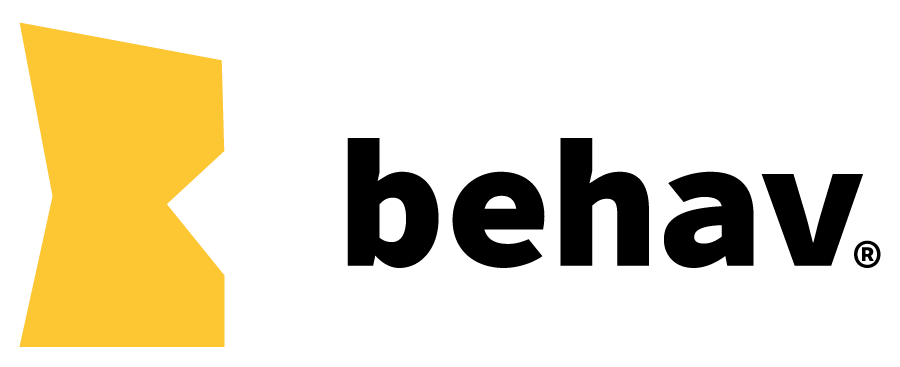The Origins of Behaviour Thinking
The origins of Behaviour Thinking
Written by Lauren Alys Kelly
Welcome to this mini-series on the origins of Behaviour Thinking. Together we’ll plot a course through the starting years of behavioural science and see howe we got from there to now.
This series includes:
The Convergence of Psychology and Economics: The Birthplace of Behaviour Thinking
We'll explore the origins of behavioural design in the intersection of Psychology and Economics. Tracing the beginnings from early 20th century to the development of Behaviourism and rational choice theory, this post will illuminate the foundations of Behaviour Thinking.
A Leap in Understanding: The Emergence of Behavioural Economics
This post will delve into the groundbreaking work of Daniel Kahneman and Amos Tversky and their Prospect Theory. We will discuss how behavioural economics changed our understanding of human decision-making, introducing concepts of cognitive shortcuts, biases, and irrational choices.
Applying Theory to Reality: The Advent of Behavioural Design
From research to practice, this post will reveal how behavioural economics led to the development of Behavioural Design. With examples like the use of nudges and the works of Richard Thaler and Cass Sunstein, we'll highlight early applications of behavioural design and its impact on policy and product creation.
From Nudge to Next: The Expansion of Behavioural Design
Explore how behavioural design has expanded to include diverse disciplines and applications, from social psychology and cognitive science to neuroscience and anthropology. We'll discuss how this multidisciplinary approach has helped tackle a wide range of societal challenges.
Behaviour Thinking: A Tool for Change-makers
Discussing the current state and impact of behaviour thinking, this post will highlight its significance as a tool for designers, change-makers, and researchers. We will cover its role in creating lasting, positive change in various sectors including advertising, finance, health, insurance, and government.
Let’s get started.
